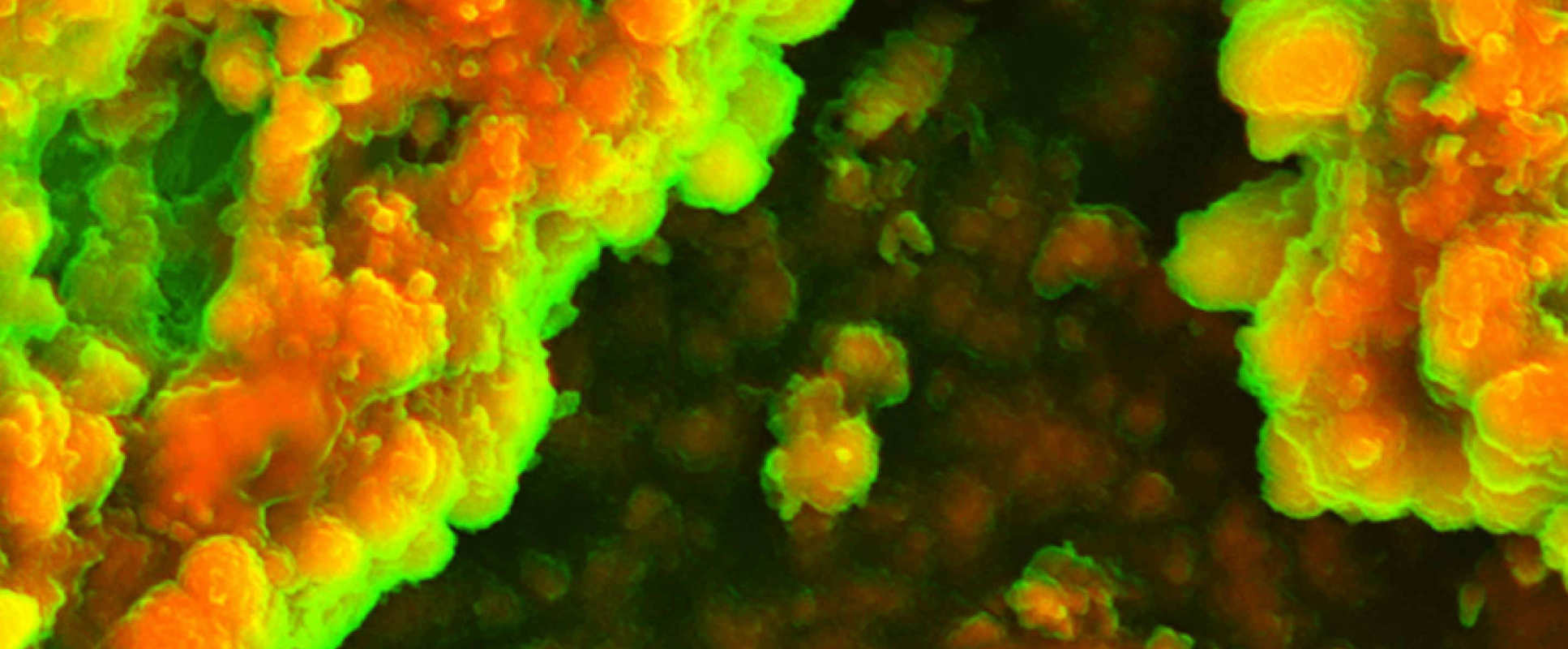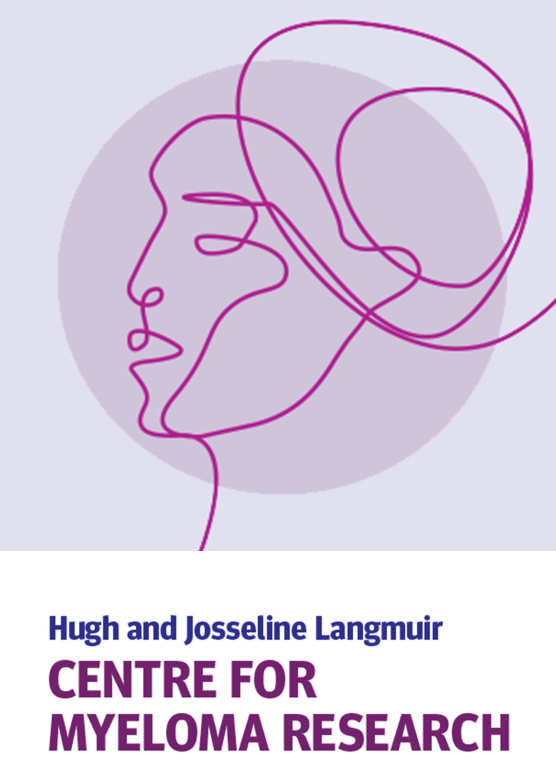BibTex format
@article{Klionsky:2021:10.1080/15548627.2020.1797280,
author = {Klionsky, DJ and Abdel-Aziz, AK and Abdelfatah, S and Abdellatif, M and Abdoli, A and Abel, S and Abeliovich, H and Abildgaard, MH and Abudu, YP and Acevedo-Arozena, A and Adamopoulos, IE and Adeli, K and Adolph, TE and Adornetto, A and Aflaki, E and Agam, G and Agarwal, A and Aggarwal, BB and Agnello, M and Agostinis, P and Agrewala, JN and Agrotis, A and Aguilar, P and Ahmad, ST and Ahmed, ZM and Ahumada-Castro, U and Aits, S and Aizawa, S and Akkoc, Y and Akoumianaki, T and Akpinar, HA and Al-Abd, AM and Al-Akra, L and Al-Gharaibeh, A and Alaoui-Jamali, MA and Alberti, S and Alcocer-Gomez, E and Alessandri, C and Ali, M and Al-Bari, MAA and Aliwaini, S and Alizadeh, J and Almacellas, E and Almasan, A and Alonso, A and Alonso, GD and Altan-Bonnet, N and Altieri, DC and Alves, S and da, Costa CA and Alzaharna, MM and Amadio, M and Amantini, C and Amaral, C and Ambrosio, S and Amer, AO and Ammanathan, V and An, Z and Andersen, SU and Andrabi, SA and Andrade-Silva, M and Andres, AM and },
doi = {10.1080/15548627.2020.1797280},
journal = {Autophagy},
pages = {1--382},
title = {Guidelines for the use and interpretation of assays for monitoring autophagy (4th edition)},
url = {http://dx.doi.org/10.1080/15548627.2020.1797280},
volume = {17},
year = {2021}
}
RIS format (EndNote, RefMan)
TY - JOUR
AB - In 2008, we published the first set of guidelines for standardizing research in autophagy. Since then, this topic has received increasing attention, and many scientists have entered the field. Our knowledge base and relevant new technologies have also been expanding. Thus, it is important to formulate on a regular basis updated guidelines for monitoring autophagy in different organisms. Despite numerous reviews, there continues to be confusion regarding acceptable methods to evaluate autophagy, especially in multicellular eukaryotes. Here, we present a set of guidelines for investigators to select and interpret methods to examine autophagy and related processes, and for reviewers to provide realistic and reasonable critiques of reports that are focused on these processes. These guidelines are not meant to be a dogmatic set of rules, because the appropriateness of any assay largely depends on the question being asked and the system being used. Moreover, no individual assay is perfect for every situation, calling for the use of multiple techniques to properly monitor autophagy in each experimental setting. Finally, several core components of the autophagy machinery have been implicated in distinct autophagic processes (canonical and noncanonical autophagy), implying that genetic approaches to block autophagy should rely on targeting two or more autophagy-related genes that ideally participate in distinct steps of the pathway. Along similar lines, because multiple proteins involved in autophagy also regulate other cellular pathways including apoptosis, not all of them can be used as a specific marker for bona fide autophagic responses. Here, we critically discuss current methods of assessing autophagy and the information they can, or cannot, provide. Our ultimate goal is to encourage intellectual and technical innovation in the field.
AU - Klionsky,DJ
AU - Abdel-Aziz,AK
AU - Abdelfatah,S
AU - Abdellatif,M
AU - Abdoli,A
AU - Abel,S
AU - Abeliovich,H
AU - Abildgaard,MH
AU - Abudu,YP
AU - Acevedo-Arozena,A
AU - Adamopoulos,IE
AU - Adeli,K
AU - Adolph,TE
AU - Adornetto,A
AU - Aflaki,E
AU - Agam,G
AU - Agarwal,A
AU - Aggarwal,BB
AU - Agnello,M
AU - Agostinis,P
AU - Agrewala,JN
AU - Agrotis,A
AU - Aguilar,P
AU - Ahmad,ST
AU - Ahmed,ZM
AU - Ahumada-Castro,U
AU - Aits,S
AU - Aizawa,S
AU - Akkoc,Y
AU - Akoumianaki,T
AU - Akpinar,HA
AU - Al-Abd,AM
AU - Al-Akra,L
AU - Al-Gharaibeh,A
AU - Alaoui-Jamali,MA
AU - Alberti,S
AU - Alcocer-Gomez,E
AU - Alessandri,C
AU - Ali,M
AU - Al-Bari,MAA
AU - Aliwaini,S
AU - Alizadeh,J
AU - Almacellas,E
AU - Almasan,A
AU - Alonso,A
AU - Alonso,GD
AU - Altan-Bonnet,N
AU - Altieri,DC
AU - Alves,S
AU - da,Costa CA
AU - Alzaharna,MM
AU - Amadio,M
AU - Amantini,C
AU - Amaral,C
AU - Ambrosio,S
AU - Amer,AO
AU - Ammanathan,V
AU - An,Z
AU - Andersen,SU
AU - Andrabi,SA
AU - Andrade-Silva,M
AU - Andres,AM
AU - Angelini,S
AU - Ann,D
AU - Anozie,UC
AU - Ansari,MY
AU - Antas,P
AU - Antebi,A
AU - Anton,Z
AU - Anwar,T
AU - Apetoh,L
AU - Apostolova,N
AU - Araki,T
AU - Araki,Y
AU - Arasaki,K
AU - Araujo,WL
AU - Araya,J
AU - Arden,C
AU - Arevalo,M-A
AU - Arguelles,S
AU - Arias,E
AU - Arikkath,J
AU - Arimoto,H
AU - Ariosa,AR
AU - Armstrong-James,D
AU - Arnaune-Pelloquin,L
AU - Aroca,A
AU - Arroyo,DS
AU - Arsov,I
AU - Artero,R
AU - Asaro,DML
AU - Aschner,M
AU - Ashrafizadeh,M
AU - Ashur-Fabian,O
AU - Atanasov,AG
AU - Au,AK
AU - Auberger,P
AU - Auner,HW
AU - Aurelian,L
AU - Autelli,R
AU - Avagliano,L
AU - Avalos,Y
AU - Aveic,S
AU - Aveleira,CA
AU - AvinWittenberg,T
AU - Aydin,Y
AU - Ayton,S
AU - Ayyadevara,S
AU - Azzopardi,M
AU - Baba,M
AU - Backer,JM
AU - Backues,SK
AU - Bae,D-H
AU - Bae,O-N
AU - Bae,SH
AU - Baehrecke,EH
AU - Baek,A
AU - Baek,S-H
AU - Baek,SH
AU - Bagetta,G
AU - Bagniewska-Zadworna,A
AU - Bai,H
AU - Bai,J
AU - Bai,X
AU - Bai,Y
AU - Bairagi,N
AU - Baksi,S
AU - Balbi,T
AU - Baldari,CT
AU - Balduini,W
AU - Ballabio,A
AU - Ballester,M
AU - Balazadeh,S
AU - Balzan,R
AU - Bandopadhyay,R
AU - Banerjee,S
AU - Banerjee,S
AU - Bao,Y
AU - Baptista,MS
AU - Baracca,A
AU - Barbati,C
AU - Bargiela,A
AU - Barila,D
AU - Barlow,PG
AU - Barmada,SJ
AU - Barreiro,E
AU - Barreto,GE
AU - Bartek,J
AU - Bartel,B
AU - Bartolome,A
AU - Barve,GR
AU - Basagoudanavar,SH
AU - Bassham,DC
AU - Jr,RCB
AU - Basu,A
AU - Batoko,H
AU - Batten,I
AU - Baulieu,EE
AU - Baumgarner,BL
AU - Bayry,J
AU - Beale,R
AU - Beau,I
AU - Beaumatin,F
AU - Bechara,LRG
AU - Beck,GR
AU - Beers,MF
AU - Begun,J
AU - Behrends,C
AU - Behrens,GMN
AU - Bei,R
AU - Bejarano,E
AU - Bel,S
AU - Behl,C
AU - Belaid,A
AU - Belgareh-Touze
DO - 10.1080/15548627.2020.1797280
EP - 382
PY - 2021///
SN - 1554-8627
SP - 1
TI - Guidelines for the use and interpretation of assays for monitoring autophagy (4th edition)
T2 - Autophagy
UR - http://dx.doi.org/10.1080/15548627.2020.1797280
UR - http://gateway.webofknowledge.com/gateway/Gateway.cgi?GWVersion=2&SrcApp=PARTNER_APP&SrcAuth=LinksAMR&KeyUT=WOS:000636121800001&DestLinkType=FullRecord&DestApp=ALL_WOS&UsrCustomerID=1ba7043ffcc86c417c072aa74d649202
UR - https://www.tandfonline.com/doi/full/10.1080/15548627.2020.1797280
VL - 17
ER -

